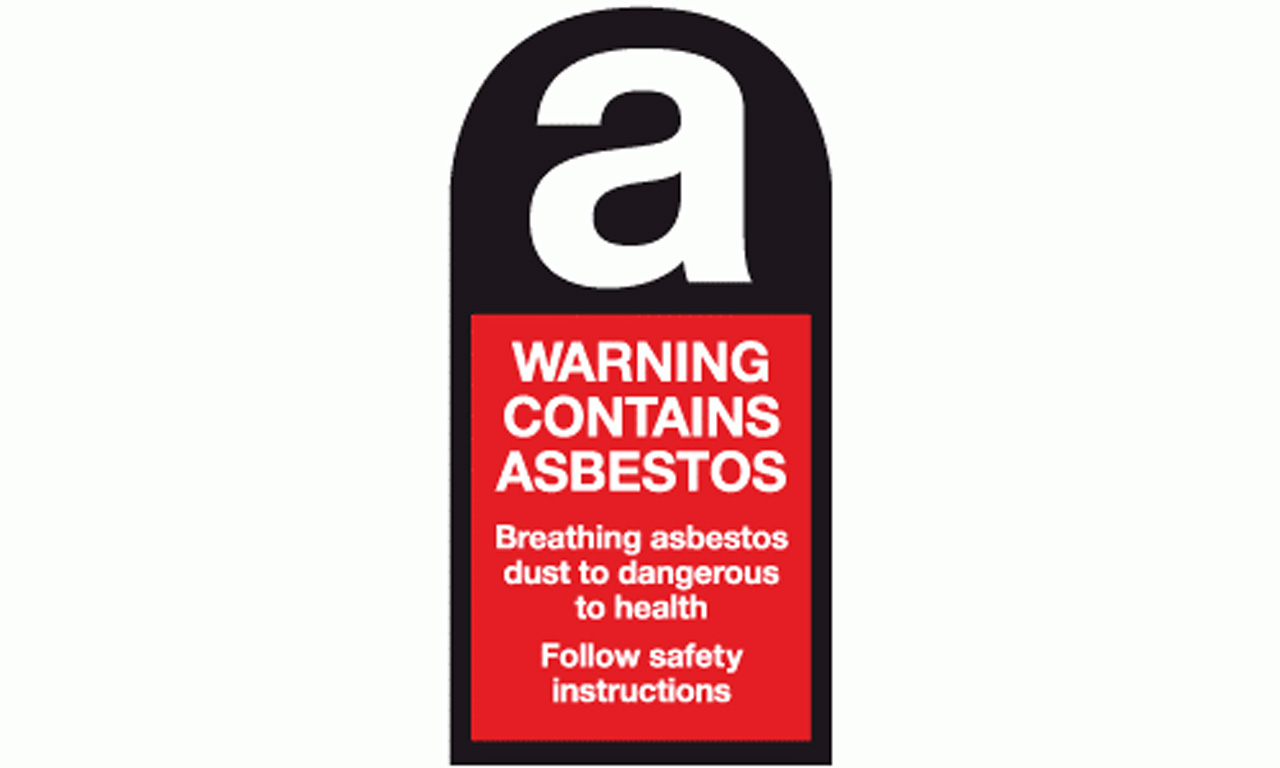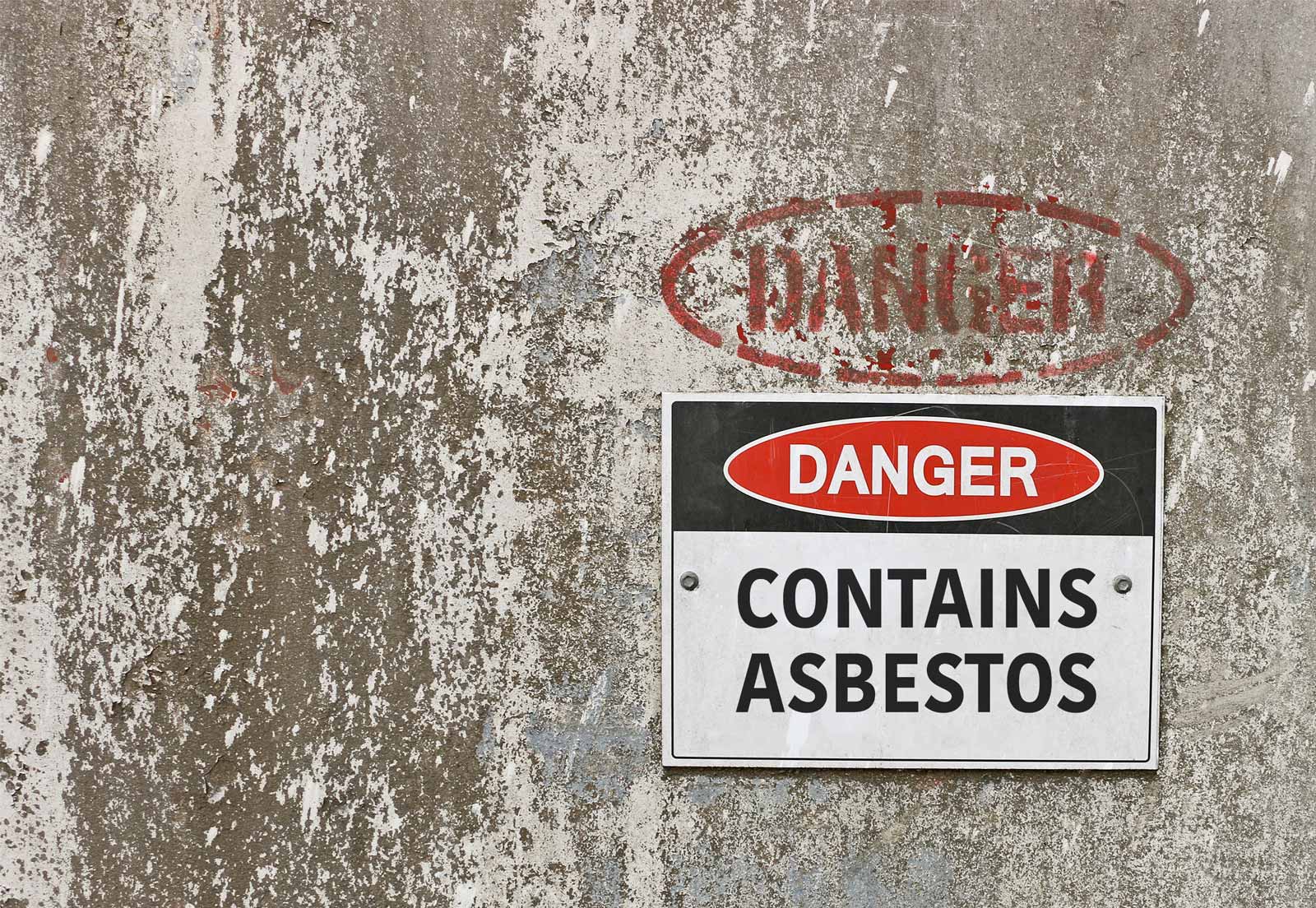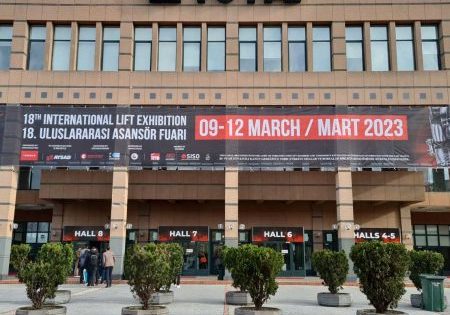A look at the relationship between asbestos-containing materials and lifts, including risks to personnel
Whilst writing this article during Global Asbestos Awareness Week (1-7 April 2023), I reflect upon discussions with an industry engineering manager relating to a contractor’s personnel visiting a site to undertake a survey of a lift for modernisation/repair works and encountering fragmented asbestos-containing materials (ACMs) on the lift car top. Whilst they adopted the correct approach — declining to enter the affected area until this was made safe — such events are a cause for concern.
The Control of Asbestos Regulations 2012 (CAR), at Regulation 4(3), requires that a duty holder should ensure that a suitable and sufficient assessment is carried out as to whether asbestos is or is liable to be present in premises. Regulation 4(8) requires that where asbestos is or is liable to be present in any part of a premises, that the duty holder must ensure that: a determination of the risk is made, a written plan identifying those parts of the premises concerned is prepared and that measures to be taken for managing the risk are specified in the written plan. Regulation 4(9) includes a requirement for the ongoing monitoring of the condition of any ACMs or suspected ACMs together with a requirement to ensure any ACM is properly maintained or, where necessary, safely removed, and to ensure that information about the location and condition of any ACMs is provided to every person liable to disturb it and is made available to the emergency services.
In general terms, a duty holder should determine and record whether ACMs are present (or liable to be present) in a building and, if so, the location and condition of these. The record is then used to assess the risk presented by the presence of the material and to prepare a plan setting out in detail how the risk from the material is to be managed. Thereafter, an ongoing system of review and monitoring is required together with a system for providing information on the location and condition of the ACMs to anyone who is liable to work on or disturb these.

Where ACMs are retained and maintained (as is often the case), it is good practice to label these using the standard industry warning label reproduced here as Image 1.
Whilst we discussed the possibility of some wider industry approach, the difficulty is that the duty is to manage ACMs, rather than to remove them. As such, the possibility of industry personnel encountering ACMs cannot be discounted and a precautionary approach (based upon an assumption that suspect material may be ACM unless there is strong evidence to suggest it is not) is appropriate. In practice, the approach revolves around awareness training for all staff who visit sites with more in-depth training for engineers who may be required to deal with low-risk situations (brake lining replacement for example) common to the industry. In all cases, higher risk or controlled asbestos work must be left to the professionals in the field.
Particular caution is required in relation to lift shafts in that these are often recorded in surveys as having been inaccessible and/or as not to have been assessed as part of the process. It is essential, therefore, that a precautionary approach be applied and that lift contractor personnel are aware that they may encounter ACMs and that the associated risks must be managed. A couple of examples are shown in Images 2 and 3.
In the case of construction works (including lift repair, replacement and modernisation) an overlap between CAR Regulation 5 and Schedule 3 of the Construction (Design & Management) Regulations 2015 (CDM) requires that a Refurbishment and Demolition Survey be completed. This survey relates to arrangements which must be in place to deal with ACMs during the construction work. The CDM client must provide designers and contractors who are bidding for, or who are engaged for the work, with project-specific information about the presence of ACMs, in order that the risks associated with the design, construction and demolition may be addressed. A general reference to hazards that may exist is not sufficient, and a site-specific survey should be undertaken in advance of construction work to ensure that information is available to those who need it.
In March 2022, a report of the Work and Pensions Committee recommended that the Government should work with the Health and Safety Executive (HSE) to develop a strategy to remove all asbestos from public and commercial buildings within 40 years.
The Government responded as follows:
“Moving to a fixed deadline for removal would increase the opportunity for exposure, which remains difficult to support if the current risk of exposure is very low where asbestos can be managed safely in-situ until planned refurbishment works. The use of many public estates would also be significantly disrupted by a removal deadline if this were introduced outside existing estates strategies. There also remains a concern that introducing a deadline would stimulate poor removal and disposal practices with a further risk of increase in asbestos exposures.”
The indication is, therefore, that the prospect of a 40-year horizon for the elimination of asbestos from non-domestic buildings is considered overly ambitious (or expensive and disruptive) and, as such, asbestos risk, together with ongoing requirements for management and control, will affect the industry throughout the 21st Century.
In light of the prolonged timescale, it seems inevitable that future controls and regulation will develop such that management requirements will become more onerous (indeed, the U.K.’s long and sometimes dubious history in respect of asbestos control, together with the very nature of the hazard itself, are such that popular concepts of deregulation are wholly inappropriate).
In response to the government review, the Asbestos Testing and Consultancy Association and the National Organisation of Asbestos Consultants published the First Annual Data Analysis Report Into Asbestos in U.K. Buildings. Data was collected over a six-month period from almost 130,000 buildings, 78% of which were found to contain asbestos. In these buildings, 710,433 items were found with 71% of these recorded as having some level of damage, and of which, 24% were classed as requiring licensable work and a specialist contractor.
The report concludes that the indication is that there is currently a high proportion of asbestos materials in U.K. buildings that could present a potential risk to public health, and which needs remediation or removal. The report acknowledges that data is available that can inform an analysis of the U.K.’s asbestos legacy in buildings and that further development is required to expand and standardise the data such as to enable the development of an effective national database.
In conclusion, all industry personnel who attend sites, including surveyors, sales personnel and managers, should be aware of the hazards and risks presented by ACMs and be vigilant and trained to recognise situations in which there may be a risk of exposure to and/or disturbance of ACMs. This is achieved through effective asbestos awareness training.

Some of my former colleagues who worked in the industry through the 1950s, 1960s and 1970s were unfortunate in contracting asbestos-related disease, and I would suggest that the majority of field personnel who have worked in the industry for more than 25 to 30 years are likely to have been exposed to ACMs at some level or other. Indeed, during the 1980s, whilst undertaking control modifications, I removed a lid from a pulley room ceiling electrical trunking-run and was showered in a dust containing ACMs, which was the deteriorated remnants of 1950s trunking fire-break material. Whilst I got myself cleaned-up, I can never be certain as to the possible consequence of this exposure. Having reflected upon the incident and discovering that the risk of developing asbestos- related disease is increased by 50% to 80% in smokers, I gave up smoking cigarettes and haven’t smoked since.
Mesothelioma statistics for 2022 recorded 2,544 deaths, which is comparable with the average over the previous eight years of 2,523 deaths per annum, and with 1,910 new cases of mesothelioma assessed for Industrial Injuries Disablement Benefit (IIDB) in 2020 (Image 4). So, whilst the rate appears stable (or hopefully to be falling), we do not know yet whether the prevalence of the disease has peaked.
The continuing industry focus must therefore be upon awareness training supported by suitable periodic refresher training. The HSE provides some excellent guidance in relation to overall awareness and effective control and management, particularly in relation to the low-risk works which are encountered in the lift and escalator sector. I use this excellent resource myself when delivering industry-specific asbestos awareness training.
Eur Ing Colin J Craney BA (Hons) BSc (Hons) LLB (Hons) MSc LLM MBA CEng CMgr FCIBSE FCMI FCIArb CMIOSH
Get more of Elevator World. Sign up for our free e-newsletter.












